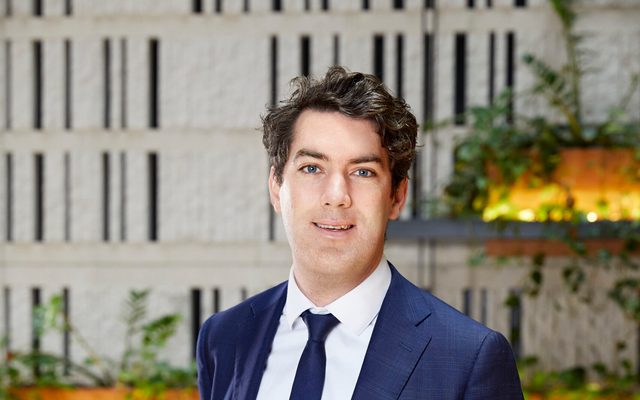This article is from the Australian Property Journal archive
AT LEAST 12 suburbs across Australia are early stages of gentrification, according to research by the Property Investment Professionals of Australia (PIPA).
The research, by PIPA chairman Peter Koulizos, looked for similar signs that could help homebuyers and investors pick the next suburbs to gentrify.
Koulizos said his research was a valuable tool for homebuyers and investors to maximise their capital growth potential from purchasing early in gentrifying locations.
“If you had this knowledge a few decades ago, you would have bought in suburbs such as Balmain and Paddington in Sydney before they became highly sought-after and expensive.
“Likewise, in Melbourne, where you would have invested in Richmond or Collingwood before they became really popular and pricey,” he added.
The PIPA report has identified three suburbs in each capital. In Melbourne, it is Braybrook, Footscray and West Footscray.
In Sydney, the suburbs are Arncliffe, St. Peters and Tempe.
In Brisbane, the suburbs are Annerley, Lutwyche and Woolloongabba.
In Adelaide, the suburbs are Thebarton, West Croydon and Hindmarsh.
The research tested 20 different demographic and property factors to determine if any were early indicators of gentrification.
Koulizos’ research also included data from overseas, which uncovered four demographic factors that helped to identify areas in the early stages of gentrification.
Those factors are:
- A greater decrease than the state average in people aged 18 years and under.
- A greater increase than the state average in couples without children.
- A greater increase than the state average in people that lived at a different address five years ago.
- A greater increase in the percentage of females working in professional occupations.
Koulizos said fewer children in a suburb as well as more couples were early indicators of gentrification as young people moved into inner suburbs close to universities and employment hubs.
“They can’t afford to live in the ritzy eastern suburbs of Sydney, Melbourne or Adelaide so they target the more affordable and gentrifying inner western suburbs of these cities,” he said.
The changing of the guard in a suburb was also an early sign of gentrification, Koulizos said, as an increasing number of “new” residents moved in.
“It is often the case that before an area gentrifies it is full of older people who are still living in the houses they bought 50 years ago.
“As many of them are now on fixed incomes or pensions, they can’t afford to make substantial improvements to their homes, so, in move the younger people. Many of them work in professional jobs in the city, on relatively high incomes, no dependants and have a high disposable income and borrowing capacity so they have the ability to upgrade the period and character homes,”
“The final early indicator of suburb gentrification was a higher percentage of women working in professional occupations who often didn’t have children, or indeed a partner, but who had the funds to buy and renovate, upgrade or develop homes in the area.
“Identifying areas undergoing the early stages of gentrification is just one way that property investors can get above average returns on their assets,” Koulizos said. “The secret is to get in early before everyone else realises what is going on.”
Australian Property Journal




